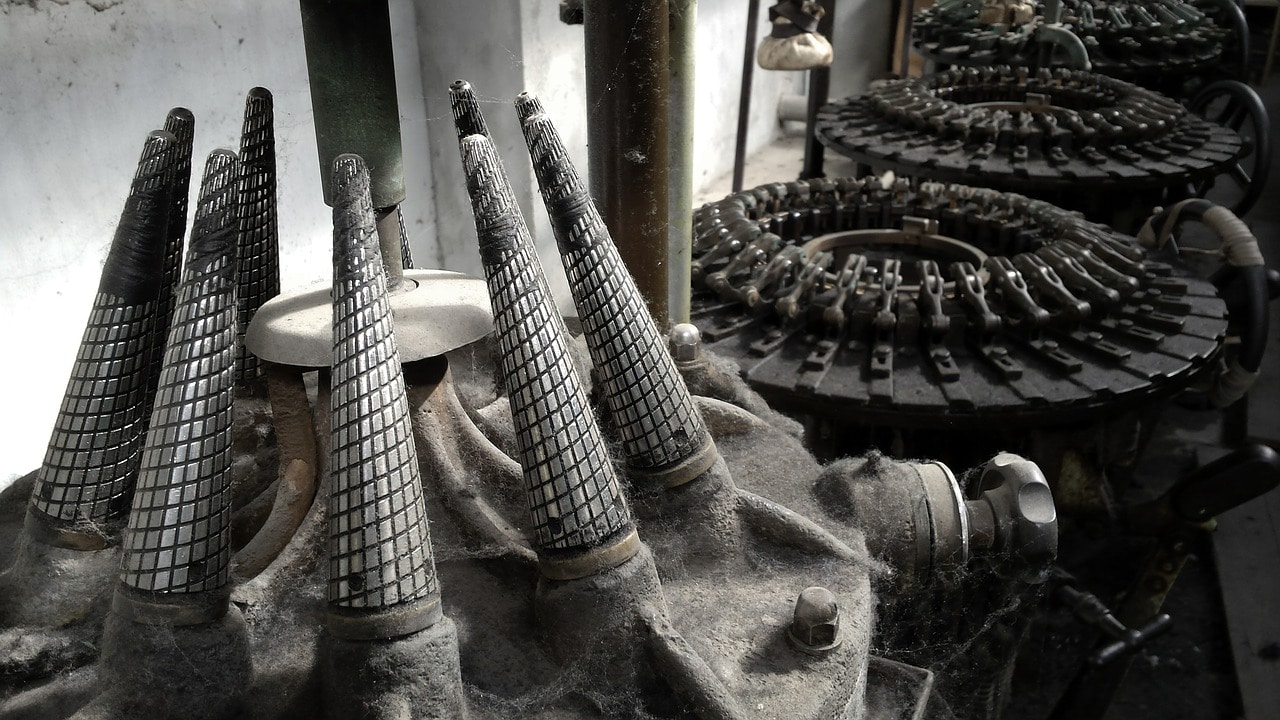Meaning of Additive Manufacturing and How 3D Printing works
What does Additive Layer Manufacturing means?
Additive manufacturing (AM) is an industrial process or methodology whereby products are made from the deposits of other materials layer-by-later to form geometric 3D objects.
It can be also called 3D printing since 3D object scanners or computer-aided design can be used to create new objects in a particular geometric shape from material deposits.
These new products are built layer by layer, unlike the Subtraction manufacturing model where technology will be used to extract excess materials from a product to create a new one.
AM invention
Additive manufacturing started in the early 1980s. There are different people who were seen to have used 3D printing to create new objects.
Stereolithography was invented by Charles Hull around 1980 and known to have preceded Additive manufacturing.
It is the Stereolithography designers use in creating a real object using digital data with 3D models.
It is after this invention and successful creation of a real object in 3d forms that other techniques were invented under the 3D printing, including AM
One of the first production systems for 3D printing was also developed in Nagoya Municipal Industrial Research Institute.
Hideo Kodama, working in this institute at that time invented two additive manufacturing processes for producing three-dimensional parts.
Technologies that are used in Additive manufacturing
Sintering
This is when the material is heated without being liquefied to build complex objects that are high in resolution. Similarly, Direct metal laser sintering uses metal powders as material.
Selective laser sintering
It uses a laser on thermoplastic powders or composite material so that the particles stick together.
The second melts the materials completely, including direct metal laser sintering which uses a laser to melt metal powder layers, and electron beam melting, which uses electron beams to melt the powders.
Stereolithography
It involves the process known as photopolymerization, whereby an ultraviolet laser is fired into a vat of photopolymer resin to create a torque-resistant ceramic part that can withstand extreme hot temperature.
Processes involved in Additive Manufacturing
There are some standardized processes involved in using this methodology in manufacturing. The use of any of these processes depends on the properties of the product you want to produce.
-
Directed energy deposition
Directed Energy Deposition (DED) is another 3D printing technique where a variety of materials with different forms are needed to produce a product.
It is also popularly referred to as direct light fabrication or metal deposition, laser engineered net shaping, 3D laser cladding or Laser Deposition Welding.
For example, when materials such as ceramics, metals, and polymers needed to be melted and deposited layer by layer to create a new product.
Metal powder and wire are melted with a laser beam or electron beam, usually moved by a horizontally moving arm and build up the deposited materials as it moves vertically.
-
Polymerization
Vat polymerization is another AM process in which a vat of liquid resin photopolymer is used to build up layers of the object. Mirrors are used to deflect ultraviolet light so that each resin layer hardens by photopolymerization
-
Powder bed Fusion
Binder jet 3D is known as Powder bed and inkjet and drop-on-powder.
It’s a prototype of AM technology that offers the broadest range of technologies. In this process, a variety of other manufacturing techniques like direct metal laser melting, direct metal laser sintering, selective laser sintering, electron beam melting and selective heat sintering are involved.
Electron beams, lasers or thermal print heads are often used to partially or completely melt fine layers of various forms of material after which the excess powder is released.
-
Binder Jetting
Binder Jetting is used when products that needed to be produced requires powdered or/and liquid materials.
It involves using 3D machines to move different materials in different axes to alternately deposit layers of powdered material and a liquid binding agent.
The liquid material serves as adhesive to join the layers of materials together to make a new product.
-
Wire-arc Addictive manufacturing
The Wire-arc additive manufacturing (WAAM) process uses arc welding power sources and manipulators to produce 3D shapes by arc deposition.
This process typically uses wire as the material source and follows a predetermined path to produce the desired shape. This additive manufacturing process is usually performed using robot welding equipment.
-
Sheet metal lamination
Sheet metal lamination is the process of building up metal foil together to form a part of an object. Paper can also be used in sheet lamination.
Sheet metal lamination is one of the additive manufacturing processes for infrastructure construction and it can be divided into two technologies.
- Laminate object production
- Ultrasonic additive production.
The production of laminated objects is suitable for the manufacture of objects with high aesthetic requirements in construction projects and it uses alternating layers of paper and binding agents.
Ultrasonic additive production, on the other hand, uses ultrasonic welding to blend thin sheets; low energy and low-temperature process that can be used for various metals such as aluminium, titanium and stainless steel.
-
Material Extrusion
Material extrusion additive manufacturing process is mostly used in producing plastics, ceramics, and sometimes metals.
It deals with the use of thermoplastic or composite materials to create a 3D object. Coiled polymers that extruded are heated with a die mounted on a movable arm.
As the arm moves horizontally and the bed moves vertically, the molten materials are deposited in layers and solidify by cool temperature or using adhesives.





